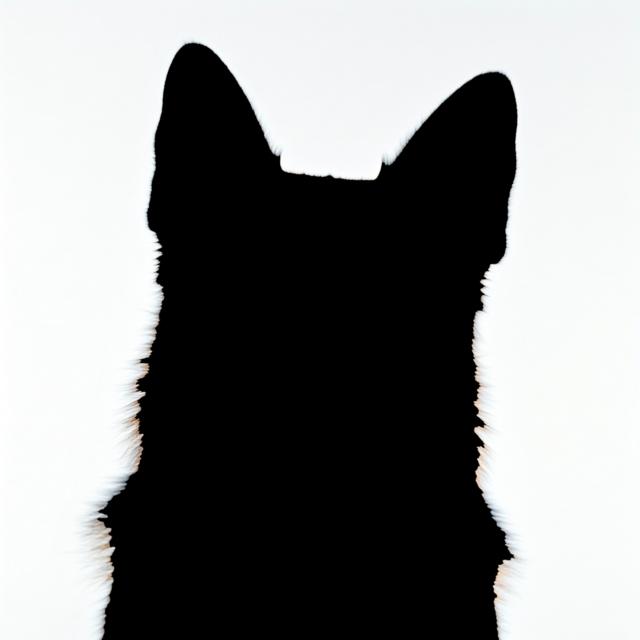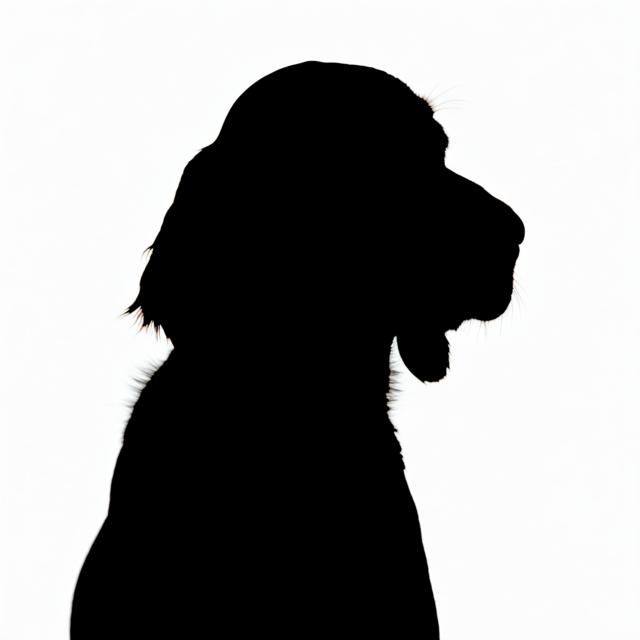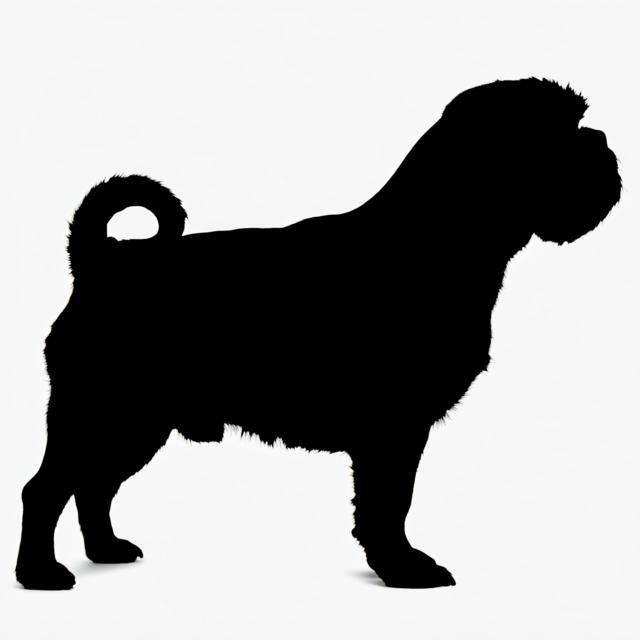Sealyham Terrier
Sealyham
 akc
akc ankc
ankc ckc
ckc fci
fci nzkc
nzkc rkc
rkc ukc
ukc



Summary
- The Sealyham Terrier is a small, sturdy dog originating from Wales, known for its distinctive white coat and low-to-the-ground build. Bred for hunting and companionship, they are friendly, courageous, and require consistent training and regular grooming.
Origin and Purpose
- Developed in Wales for hunting badgers, otters, and foxes.
- Companion dog.
Appearance
Dimensions
| Gender | Height | Weight |
|---|---|---|
| Female | ~10.5 inches | ~23 pounds |
| Male | ~10.5 inches | ~24 pounds |
Coat
| Attribute | Notes |
|---|---|
| Color |
|
| Type |
|
| Length |
|
Care
| Attribute | Notes |
|---|---|
| Shedding |
|
| Grooming |
|
| Drooling |
|
Body
| Attribute | Notes |
|---|---|
| Head |
|
| Skull |
|
| Ears |
|
| Eyes |
|
| Nose |
|
| Muzzle |
|
| Teeth |
|
| Neck |
|
| Forequarters |
|
| Fore Legs |
|
| Hindquarters |
|
| Hind Legs |
|
| Feet |
|
| Tail |
|
| Gait |
|
Temperament
- Friendly, alert, and courageous.
- Independent and can be stubborn.
Social
| Attribute | Notes |
|---|---|
| Affectionate with Family |
|
| Good with Children |
|
| Good with Dogs |
|
| Good with Cats |
|
| Openness to Strangers |
|
| Playfulness Level |
|
| Protective Nature |
|
| Adaptability Level |
|
Working Roles
- Hunting vermin
- Companion
Exercise Needs
- Moderate; daily walks and playtime.
Health
- Generally healthy; prone to some eye and joint conditions.
- Progressive Retinal Atrophy (PRA)
- Hip Dysplasia
- Lens Luxation
Additional Notes
- Requires firm, consistent training.
- Can be prone to barking if not trained.
- Originally from Wales, England.